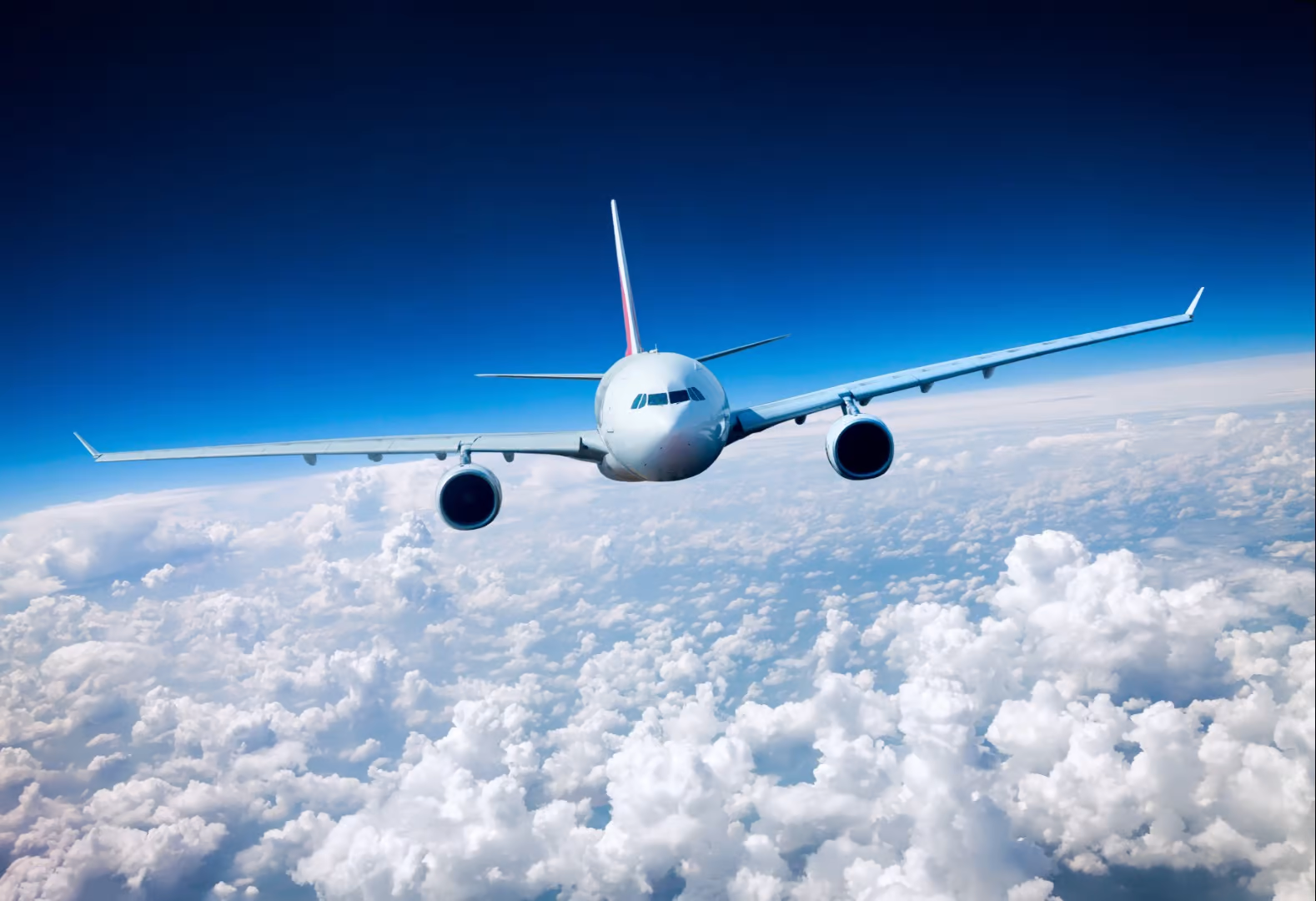In the high-stakes world of aviation, ensuring the safety and efficiency of an aircraft goes far beyond flight paths and fuel consumption. One often-overlooked aspect that plays a crucial role in a plane’s performance is its cooling system. Aircraft cooling systems are not only responsible for maintaining the proper temperature of the engines and vital components but also ensuring the overall safety and reliability of the aircraft.
Let’s dive into the science behind these systems and understand how they work to keep things cool in the skies.
The Importance of Aircraft Cooling Systems
Aircraft engines, particularly jet engines, generate an enormous amount of heat during operation. This heat can cause damage to critical components like turbines, compressors, and electronic systems. If these parts become too hot, their efficiency decreases, leading to possible failure. Cooling systems in aircraft ensure that these components stay within their optimal temperature range, thus preventing potential malfunctions and ensuring smooth and safe flights.
Beyond engines, other systems such as avionics, hydraulics, and the aircraft’s cabin also require cooling to operate efficiently. The aircraft cooling system manages all of this in a way that ensures the entire plane remains operational.
How Aircraft Cooling Systems Work
At its core, an aircraft cooling system is designed to dissipate heat from high-temperature components into the surrounding air or other fluids. The system uses a combination of fans, heat exchangers, and fluids to transfer and release heat. Let’s break down the two primary cooling methods used in aircraft:
1. Air-Cooled Systems
One of the most common ways aircraft dissipate heat is through air-cooled systems. This method is relatively straightforward: cold air is drawn into the aircraft’s engine inlets or cooling ducts and passed over hot components. As the air flows across these parts, it absorbs the excess heat and exits the aircraft through exhaust outlets.
For example, the cooling of engine oil is often achieved using air-cooled heat exchangers. These heat exchangers have metal fins that increase the surface area for the air to pass over, helping to transfer heat away from the oil. Air cooling is relatively simple and highly effective, especially at high altitudes, where the outside air is cooler.
2. Liquid-Cooled Systems
In contrast, liquid-cooled systems use coolants or specialized fluids to transfer heat away from engine components. This method is often used for high-performance engines, such as those found in military aircraft or commercial airliners. Coolant fluids, typically a mixture of water and antifreeze, are circulated through the engine and various other components, such as the avionics bay, to absorb and carry away heat.
Once the coolant absorbs the heat, it flows through a radiator-like heat exchanger, where it’s cooled by outside air before being recirculated. This process is critical for keeping temperatures within safe operating limits. Unlike air-cooled systems, liquid cooling is more efficient for components that generate large amounts of heat over time, such as jet engines and complex avionics systems.
Components of an Aircraft Cooling System
The complexity of aircraft cooling systems comes from the number of different components they must manage. Key components include:
Radiators and Heat Exchangers
Plate fin heat exchangers are key components in dissipating heat from the coolant or air. These devices utilize a series of stacked metal plates with thin fins attached, which significantly expand the surface area for heat transfer. This design helps maintain the coolant at the proper temperature as it flows through the system, efficiently releasing excess heat.
Coolant Pumps
Coolant pumps circulate the coolant fluid throughout the system. These pumps are designed to maintain the flow of coolant under high pressure and in demanding conditions, ensuring that heat is consistently absorbed from engine parts and transferred to heat exchangers.
Fans and Blowers
Fans are typically used in air-cooled systems to direct air over the components that need to be cooled. The engine’s turbines or auxiliary power units (APUs) may also drive these fans, ensuring that sufficient airflow is maintained even at high altitudes.
Thermostats and Sensors
To regulate the temperature, thermostats and sensors monitor the conditions inside the engine and the cooling system. These sensors help maintain optimal engine temperatures, adjusting the flow of air or coolant based on real-time readings.
Heat Shields and Insulation
In some aircraft, heat shields or insulating materials are placed around sensitive components to protect them from excessive heat. These materials help contain the heat within the engine or other systems, ensuring the cooling system can work efficiently.
Read more : Transform Your Yard: Inspiring Landscaping Ideas for Every Home
Innovations and Challenges in Aircraft Cooling Systems
As aircraft technology advances, so too do cooling systems. Modern jets, including commercial airliners and military aircraft, face increasing challenges in managing heat due to more powerful engines and electronic systems.
For instance, the increasing use of electronic systems and avionics in cockpits and elsewhere in the plane has led to the development of specialized cooling methods, such as active thermal management systems. These systems use precise control over air and coolant flows to ensure that heat-sensitive electronics are maintained at a stable temperature, improving the longevity and performance of these components.
Additionally, there is a growing trend towards more environmentally-friendly coolants. Traditional coolant fluids, such as those containing fluorocarbons, are being phased out due to their negative impact on the environment. Newer, non-ozone-depleting coolants are being designed to provide the same level of efficiency while minimizing environmental harm.
In Conclusion
Aircraft cooling systems are essential to the safe operation of an airplane, ensuring that engines, avionics, and other components remain within their optimal operating temperatures. Through a combination of air and liquid cooling methods, these systems efficiently manage the heat generated by engines and electronics. As aircraft technology continues to evolve, so too will the cooling systems that keep planes in the air, ensuring that every flight remains as safe and efficient as possible.
In the world of aviation, staying cool is a matter of safety, reliability, and efficiency — all vital ingredients for a smooth and successful flight.

